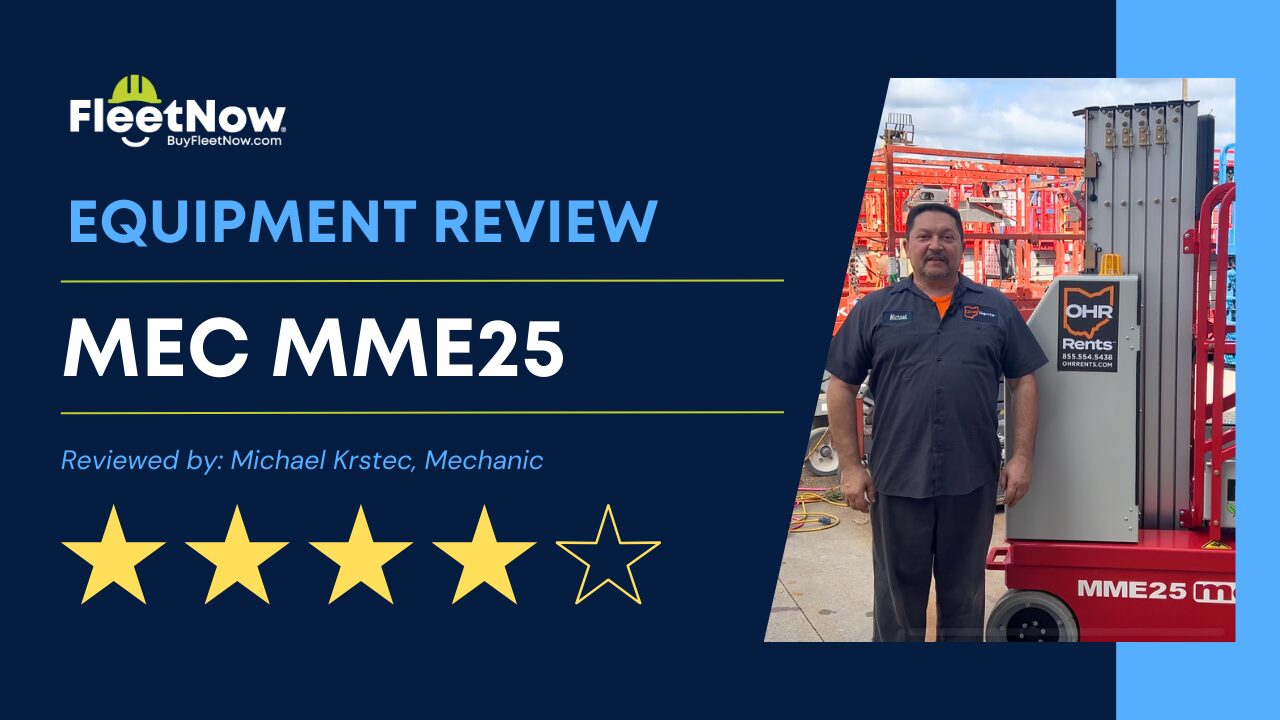How Much Concrete Does a Power Buggy Hold?
The capacity of a concrete buggy can vary depending on the model and size. Generally, concrete buggies are available in a range of capacities to suit different job requirements. The typical capacity of a concrete buggy is around 6 to 16 cubic feet, which translates to approximately 0.22 to 0.59 cubic yards. However, larger and more heavy-duty models can have capacities that reach up to around 20 cubic feet or more, which would equate to roughly 0.74 cubic yards or higher.
It’s important to check the specific specifications of the concrete buggy you’re using or considering for a project to determine its exact capacity in cubic yards. This information is crucial for planning concrete deliveries and estimating the amount of concrete needed for a job.
Are There Other Uses For a Concrete Buggy?
While a concrete buggy is primarily designed for transporting and pouring concrete on construction sites, there are several other potential uses for this versatile piece of equipment.
Material Transport: Apart from concrete, a concrete buggy can be used to transport other materials such as gravel, sand, dirt, or mulch. This can be particularly useful for landscaping projects or site cleanup tasks.
Debris Removal: Concrete buggies can assist in removing debris or waste materials from construction sites, especially in areas where larger machinery may not have easy access.
Hauling Equipment: They can be used to transport tools, equipment, or supplies around a job site, reducing the need for manual carrying and improving efficiency.
Landscaping: In landscaping projects, a concrete buggy can help in moving and spreading materials like soil, gravel, or decorative stones to create garden beds or pathways.
Utility Installation: Concrete buggies can aid in the installation of underground utilities by transporting materials like gravel or backfill to trench sites.
Event Setup: They can be utilized for setting up event spaces by transporting and distributing materials needed for temporary flooring, stages, or seating areas.
Snow Removal: In colder climates, concrete buggies can be adapted for snow removal tasks by transporting salt, sand, or de-icing materials to sidewalks or parking areas.
How Much Does a Concrete Buggy for Sale Cost?
The cost of a concrete buggy for sale varies based on factors like capacity, features, and condition. Entry-level models with smaller capacities and basic features typically range from $2,000 to $5,000 new, or $1,000 to $3,000 used. Mid-range models with moderate capacities and more advanced features can cost between $5,000 to $10,000 new, or $3,000 to $7,000 used. Heavy-duty or specialty models designed for demanding job sites can exceed $10,000 new, with used prices ranging from $7,000 to $15,000 or more. Prices can also be influenced by engine power, mobility features, brand reputation, and included accessories. It’s advisable to compare prices across suppliers and consider long-term value and operating costs when purchasing a concrete buggy.
How Long Does a Concrete Power Buggy Last?
A used Concrete Buggy with more than 500 hours of service can still serve you for a long time. Whether buying a used or new Concrete Power Buggy, the number of hours it depends on how well it’s maintained.

What Are Popular Brands of Concrete Buggies for Sale?
Several reputable brands manufacture high-quality concrete buggies for sale, each offering durable and efficient models suitable for construction and landscaping tasks.
Multiquip: Provides a wide range of concrete buggies known for their robustness and efficiency.
Toro: Offers a variety of power buggies, known for their reliability and ease of use.
Canycom: Known for their innovative design and robust construction, Canycom buggies are popular in the construction industry.
Shop for Concrete Buggies for Sale on BuyFleetNow.com
Multiquip Concrete Buggies for Sale | Toro Concrete Buggies for Sale | Canycom Concrete Buggies for Sale
What Should I Look for When Shopping for a Concrete Buggy for Sale?
When shopping for a concrete buggy, consider key factors like capacity, engine power, mobility features, controls, dumping mechanism, durability, safety features, manufacturer support, and overall value. Choose a buggy with adequate capacity for your concrete needs, a powerful engine for terrain challenges, and reliable mobility features like sturdy wheels or tracks. Ensure intuitive controls and a hydraulic dumping system for efficient operation. Opt for durable construction and essential safety features. Research manufacturer support and compare prices for the best value. This approach will help you select a concrete buggy that boosts productivity and longevity on construction sites.
Video: Toro Concrete Buggy in Action
Recent Equipment News
MEC MME25 Review: Specs, Features & Industry Perspective
MEC MME25 Review: Specs, Features & Industry [...]
Help Name FleetNow’s New Rental Platform—Get a Free Shirt That’ll Turn Heads on the Jobsite
A new rental + inventory platform is coming–built by [...]
Construction Equipment Trends 2025: Inside Q1–Q2 Demand & What It Means for You
Table of Contents Top 10 Categories Q1 vs [...]












































